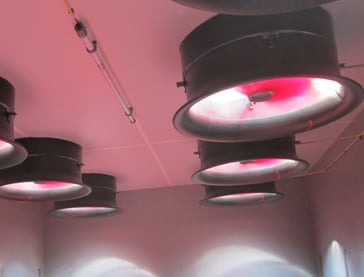Our dealer Win-Win LLC remodeled a boar stud of Pike Pig Systems in Pittsfield, IL in 2016. The new house contains 250 animal places and is equipped with five Multifan Fiberglass Vplus 54” fans to create an overpressure in the room with boars. Filters are installed for the incoming air to prevent diseases. The maximum ventilation is calculated on a 30 sec air exchange in the room.
“The fans are easy to use since there are no dip switches you have to set. Additionally, it is an advantage that there is no need for an external lightning protector. The feature we like most is the variable speed of the VPlus fans, so the airflow can be fine-tuned to the needs of the animals.

Pig Barn Ventilation
Significant amounts of ammonia and particulate matter are released in pig farms. Providing adequate barn ventilation is therefore of great importance to maintain good health. Our barn exhaust fans are used in barns housing different kinds of pigs: from piglets to fattening pigs and from pregnant sows to farrowing departments.
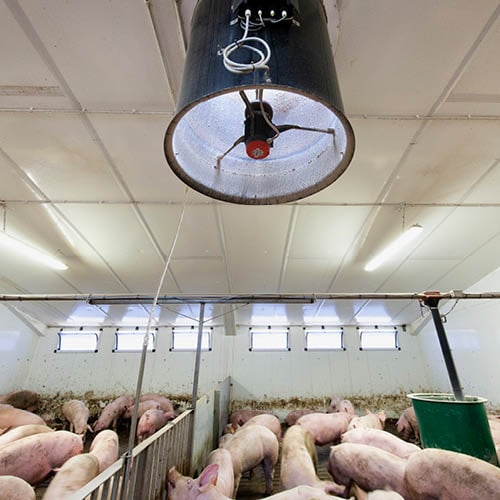
Optimal ventilation in pig barns for good health
To ensure optimal growth, in addition to good food and water, pigs need a healthy barn climate. Pigs are known to be highly sensitive to heat stress, which means their feed uptake decreases at high temperatures. As a result, the milk production of farrowing sows drops, leading to reduced piglet growth. Reduced growth can also be caused by lower feed uptake in fattening pigs.
In other words: an optimal pig barn climate can save much misery and money. Many of the conditions in which pigs feel comfortable can be optimally regulated with the right barn ventilation systems and fans. This includes cooling, the removal of harmful substances and gases (ammonia), and the supply of fresh air.
Pig barn ventilation comes in many forms, including door ventilation, ceiling ventilation, valve ventilation, combi-ventilation, duct ventilation, and the fresh nose system. In addition, we often use a central exhaust fan system, which brings together the air from the entire pig house in a central air duct to leave the barn. Passive ventilation through building openings and ridge vents open can also be effective, especially when designed to utilize prevailing wind conditions.
Minimum and maximum ventilation
It is important to take the required minimum and maximum ventilation into account for any pig barn. Minimum ventilation is necessary to ensure sufficient oxygen is available inside the barn and to remove harmful substances. This type of ventilation is usually applied when outside temperatures are low, while setting up small piglets, or at night.
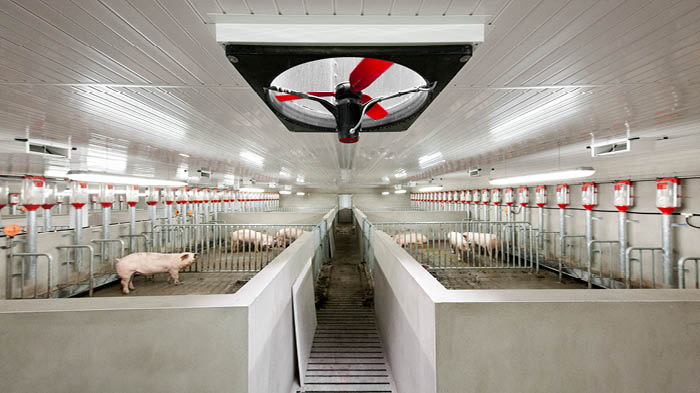
Maximum ventilation is usually only necessary on very hot days, for large animals, or with maximum occupancy. Maximum ventilation ensures that heat and harmful substances are removed and that sufficient oxygen is available in the barn. In warm environments, cross or tunnel ventilation can also be used. Mechanical ventilation systems can be implemented to provide proper ventilation by adjusting to varying conditions, ensuring cool air circulates effectively to prevent condensation and heat stress.
Our Multifan and EMI barn circulation fans have proven their durability and reliability in pig barns for decades. Thanks to their high level of controllability, they can be used for both minimum and maximum ventilation. The exhaust fans for barns are also resistant to aggressive climates, and they guarantee the removal of harmful substances, refreshing the air and cooling the pigs. Using a high-quality exhaust fan for barns can make a significant difference in maintaining the health and productivity of the animals.
Additional Considerations for Barn Ventilation
Post frame buildings often benefit from ventilation options that include both passive ventilation and mechanically ventilated systems. These structures can incorporate air inlets strategically placed to optimize air flow and efficiently move air throughout the barn. In cold weather, it is crucial to balance ventilation to maintain warmth while still removing harmful gases and moisture.
Incorporating a combination of passive ventilation, such as ridge vents open and building openings, with mechanical ventilation systems can provide a comprehensive solution to managing the internal climate of pig barns. This ensures that pigs are kept in a comfortable and healthy environment year-round, regardless of external weather conditions. Additionally, maintaining high air quality through proper ventilation is essential for the overall well-being of the pigs.
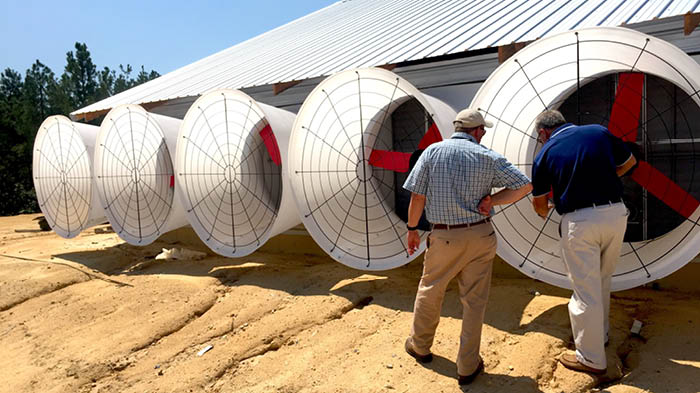
Our fans for pig barn ventilation
To achieve a reliable solution for your pig barn
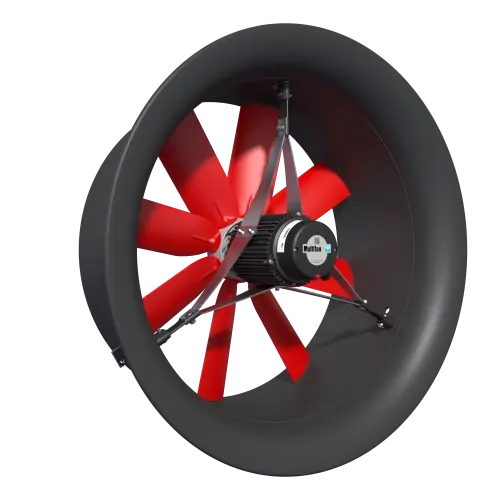
High pressure fans
These extraction fans offer a reliable solution in situations requiring a high stable pressure range.
- Available in a variety of diameters
- Reliable during high performance
- For, among others, extraction systems
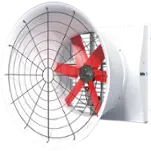
Fiberglass Cone Fans
The perfect choice when you require a fan with high air volumes and low energy consumption.
- Available in a variety of diameters
- Resistant to corrosive environments
- High efficiency and air output
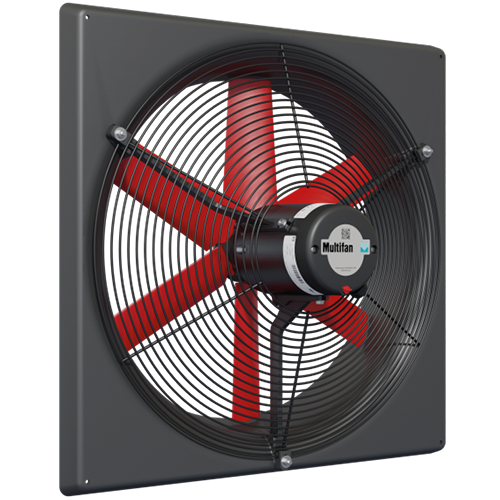
Panel fans
The all-round fan that, in most cases, is positioned within the wall.
- Available in a wide range of diameters
- Resistant to corrosive environments
- If desired, also suitable for circulation

Tube Mounting Fans
Flexible fans that are ideally suited for integration in ducts, tubes, pipes or chimneys.
- Tailor-made dimensions possible
- For vertical and horizontal mounting
- Reliable with a long lifetime
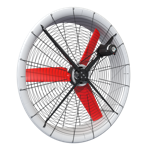
AirBreeze
Most powerful way to prevent heat stress.
-
High throw and air output
-
Low-noise for a peaceful environment
-
Robust design for harsh environments
Find the right product
The biggest advantage is the ideal climate for the boars
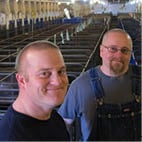
Pike Pig Systems
Knowledge hub

Ask your question to our pig specialist!
If you have any questions about pig barn ventilation or if you want to know more about the solutions we have to offer, please contact us and we will be happy to help you!


